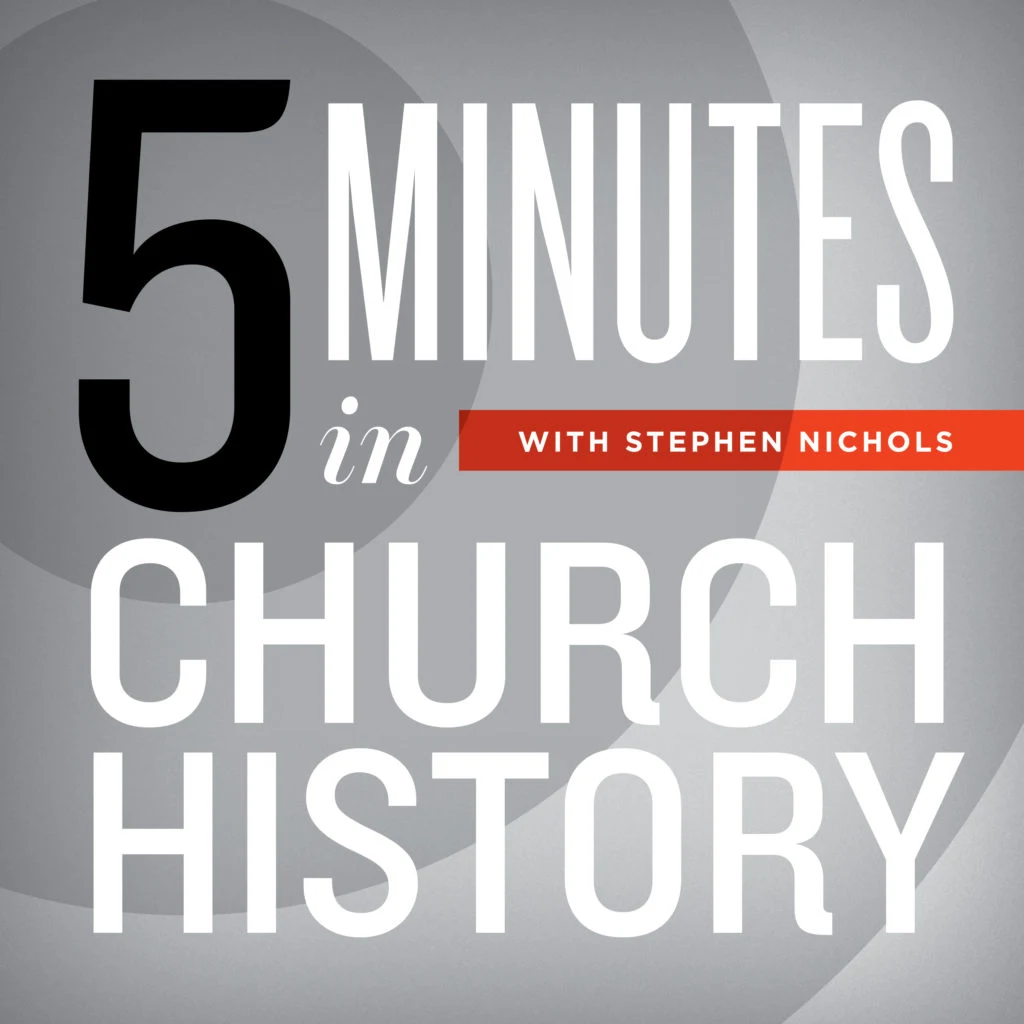20th-Century Apologetics: Addressing Modernism

At the start of the 20th century, the church began to face new challenges to Christianity. On this episode of 5 Minutes in Church History, Dr. Stephen Nichols explains several of the methods Christians used to defend their faith in a changing world.
We are going to look at apologetics in the twentieth century in two parts. As we began the twentieth century, Christianity faced a brand-new challenge. It was the challenge of modernity and modernism. We were coming out of the 1800s, with the views of Darwin and biological evolution as well as the views of higher criticism originating in Germany. The scholarship began to challenge the authenticity of the biblical text, specifically Mosaic authorship of the Pentateuch. Then it turned to the Gospels and the so-called quest for the historical Jesus. All of this then pours into the turn of the twentieth century.
It was an era of progress. It was an era of completing big building projects like skyscrapers—like the Empire State Building in New York City. As culture was awash in modernity, the question arose, Is Christianity still relevant? Is the Bible still relevant? Or have we simply as a people and a culture moved beyond our Christian and ancient past, and are now ready in the modern world to find the perfectibility of man within ourselves?
All of this sets the stage for an increased attention to apologetics in the twentieth century. In 1953, Bernard Ramm published a book called The Types of Apologetic Systems: An Introduction to the Christian Philosophy of Religion. He revised it about a decade later and published it through Baker Book House, retitled Varieties of Christian Apologetics. Ramm offered his own taxonomy of various apologetic approaches. He identified three approaches that come from experience. This approach uses people’s own experience and testimony of how Christ and the gospel impacted them or how the Bible impacted them. They then share that testimony as an apologetic of the faith for others.
The second category Ramm identified is natural theology. This uses the classical arguments for the existence of God that stretch all the way back to the classical philosophers, including Aristotle and Plato, and then trace a straight line through theologians like Augustine and medieval thinkers like Thomas Aquinas and Anselm. Natural theology uses reason and the natural world to point people to the existence of God. Then Ramm identified approaches to apologetics that use only Scripture to prove the truth statements of Christianity.
Then in 1976, Gordon Lewis published his book Testing Christianity’s Truth Claims, in which he expands Ramm’s list of three approaches to six approaches. First is the empirical approach. This uses evidences and historical data, like the empty tomb or evidence for Israel and various events in the Old Testament or New Testament. The second category is the rational, which again uses classical arguments for the existence of God and reason to point to the existence of God. The third approach is the presuppositional. This is a bit of a new approach in the twentieth century. It talks about presuppositions. (We will explore this more in the future.) The fourth approach is the mystical approach, which goes back to the Middle Ages but was also present in the twentieth century. Fifth is the existential approach. This, again, comes out of one’s own experience and encounter, as it were, with God, Christ, the gospel, and Scripture. Six is the verificational method, which goes back to the thinker E.J. Carnell.
That is part 1 of our look at twentieth-century apologetics.
Recent Episodes
A Little Church History of a Middle Colony: Early Influences
December 10, 2025|American Church History
Gunpowder and a Proclamation
December 3, 2025|Geographical Perspectives
Thanksgiving in Church History
November 26, 2025|American Church History
3 Sermons on the Hallelujah Chorus
November 19, 2025|General Church History
Charles Jennens’ Libretto
November 12, 2025|General Church History
Cyprian of Carthage: Crisis in the 3rd Century
November 5, 2025|General Church History
